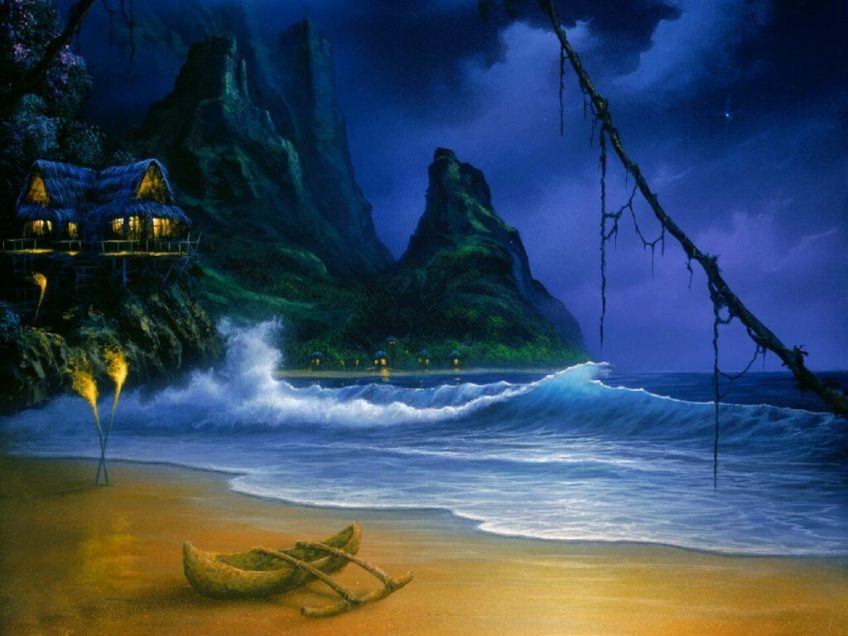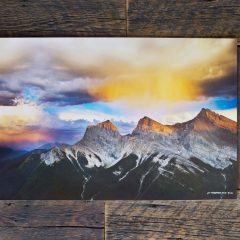However, today fine-arts additional forms include, film, photography, contemporary-art, and print-making. In certain institutes-of-learning however, the term fine-arts is associated-exclusively with visual-art forms.
Fine Art Paintings
The composition of a fine art painting is what catches the viewer’s eye and defines the artwork.The word “fine” doesn’t so much denote-the-quality of the art-work in-question, but the purity-of-the-discipline.The definition-tends to exclude-all other visual-art-forms that can or could be said to be or considered to be craft-work or applied-art like textiles.
The visual-arts has-been termed as a more-inclusive and descriptive-phrase for current-art-practice.he common instruments used in Fine art paintings and drawings include graphite-pencils, ink, pens, inked brushes, wax color-pencils, crayons, chalk, charcoals, pastels, stylus, and markers. There are various sub categories of paintings and drawing,they including cartooning, Some painting and drawing methods and approaches like, doodling.
Contemporary Art
Contemporary-art is an art where the concept/concepts or idea/ideas which are involved in the art-work take the precedence over traditional-aesthetic and material-concerns. The inception-of-the-term “contemporary art” in the 1960’s referred to a very strict and well focused-practice of idea based-art that often defied the traditional visual-criteria which is associated with the visual-arts in its presentation-as-text.Contemporary art can be said to be art that has been produced at the present-period in time.
Fine Art Paintings Ideas
When painting, selecting the focus for your painting can sometimes be your biggest challenge. Before starting your painting, having a workable-idea is essential and it will help you in your creative-endeavor. Whether you are working with oils, acrylic, tempera or watercolor paints, the following ideas can be the start of a fine art painting.
Balanced-Abstract
You can create an abstract fine art painting allowing freedom of-expression and composition. You can incorporate geometric-shapes, bright-colors and defined-lines in your art, these are all considered to be the characteristics of an abstract-art. You can decide to make your painting either some what representational or entirely free-form, based only on the color, light or even movement.
You can choose to use geometric or organic-shapes.Remember to maintain a feeling of balance in your painting. If the painting somehow feels or seems unbalanced, you can bring it together-more by using repeated-colors, shapes or lines.
Landscape and the Rule-of-Thirds
A landscape is an easy-subject because it’ll not move or change greatly.A landscape is a time tested-subject for a painting. You can sit outside on your-porch and sketch the landscape around you before you begin painting. Once satisfied with the landscape, you can then begin by sketching it onto your paper or canvas.
Always consider the composition and the rule of 3rds when creating your painting. The rule of 3rds suggests that dividing your composition into a grid of 9 equal-rectangles and placing the major-elements of your landscape, like the trees, mountain tops and buildings, at points where the grid-intersects.









